Packing List For Safari and The Most Important Questions to Ask
If you’ve ever scrolled through those safari snapshots online, you might have noticed a variety of colorful and patterned outfits. However, when it comes to this type of adventure, what you pack for safari and what eventually you wear matters.
Safari isn’t just a journey. It’s an immersion into a world teeming with life and color. Your clothing can impact your experience, from blending seamlessly into the natural surroundings to ensuring comfort during long game drives.
This is why it is important to pack your suitcase smart and optimize your safari attire for both style and practicality.
And my brief guide you’ll see below includes a purposeful packing list with some essential tips on weather preparedness, appropriate footwear, and practical accessories. But besides packing tips, you’ll also find a few tips on selecting the right safari company and understanding the etiquette of wildlife encounters, no matter if you are having your safari in Kenya, South Africa, Tanzania, or other African countries.
Questions to ask before purchasing a safari-tour
What type of transportation is used
There is a good chance that this post contains affiliate links. If you follow one of them and make an order, we may receive a small commission (for which we will be mega grateful) at no extra cost to you.
It is an important question to ask since, for the most part, there are only a few decent roads in the entire Africa.
Taking an airplane, of course, is more comfortable and allows to cover more during shorter periods of time, but it is more expensive. If you plan on visiting destinations that are located far from each other, it is advisable to go on a plane. Otherwise, you may end up spending hours on the road just getting from one spot to another, and not even seeing much. In any other case, if the distance between the camps is rather short, going with a car is your best bet.
When choosing a vehicle, I recommend making your decision based on how many days you go on safari. If only a few days then minivan or open-sided vehicles. Most people opt for 7-10 days and in this case, I recommend booking closed-sided cruisers with sliding glass windows and roof hatches. They are usually more comfortable and can protect you from bad weather and dust.
Who is a driver
When purchasing a safari ask your company if a driver who will be driving your around for the next two weeks is a licensed guide too. If not, is the same company going to provide an experienced guide on site?
Many times tourists go on a safari with a driver who is not a guide. As a local and someone who works for a company, of course, he knows facts regarding animals and bushes in the area. And yes, he can tell you interesting stories too. But honestly, you can research that type of information on your own.
To have a memorable safari full of adventures you need to have a professional licensed guide with you all the time. He knows how to tell a story in a fascinating and unique way, how to spot a line that is of the same color as dry grass, and how to distinguish 600 somethings birds from each other.
That said if wanting to receive the best out of your safari trip, get a guide. Most of them are wonderful but make sure to get one and do not go just with a driver.
Accommodation
I know, accommodation is probably one of the first factors you look at when planning where and when to go on a safari. Most of the time companies selling safari tours offer accommodation options along with game drives, meals, drinks, and pickups what makes a package more expensive. Usually, those hotels or lodges they offer are the only ones they work with.
If you have your own options, tell your company about them and ask if they can accommodate you in a hotel of your choice. Most of the time they can.
Travel time
Make sure your safari itinerary does not have more hours of driving around and lunch stops than excursions and walks in the wilderness.
It is better to stay more nights in one camp giving yourself plenty of time to explore the area, view wildlife, and go on a few game drives. In any other case, booking just one or two nights in one park will increase the travel time between your destinations. In my opinion, the optimal choice is 3 nights at each camp. So, if your safari is going to be 2 weeks long, for the best experience stick to a maximum of 5 camps.
Also, aim for at least a week-long safari to understand what this experience is all about. Anything shorter is never enough. The more days you add, the better it is though.
RELATED POST: TRAVELING TO AFRICA: TIPS TO GET THE BEST OF YOUR TRIP
Time of a departure for game drives
Double-check on time of a departure for game drives because there is no chance of seeing lines or pretty much any other animals after 12 pm. During the peak sun hours, it is better to stay in the shade, drinking lots of juice and chillaxing. Animals at this time of the day are hiding from the scorching sun and chillaxing too.
The best time for game drives is between 6:30 am and 9 am in the morning and between 3:30 pm and 6:30 pm in the evening.
Packing list for safari
Colors to wear on safari
When it comes to colors, the best tactic is to avoid bright, vivid tones. The only black and dark blue color is also not the best choice. Animals, especially gorillas and chimpanzees get irritated by bright colors while tsetse flies get attracted to black and navy blue, thinking it is a buffalo.
Just remember to stick to light, gentle colors like khaki, for instance, or any other color within the green palette. Don’t wear anything of camouflage pattern since it’s reserved solely for military and security folks.
Layers to pack for a safari
Some people assume if they go to Africa, it means the weather is going to be humid and hot 24/7, when in reality it changes a lot, depending on the time of the day.
When you go on safari, sometime between 5 and 6 am in the morning, the temperature is low and it is rather chilly in the savanna. Wearing only a T-shirt is uncomfortable and you’ll be cold. Closer to noon it gets very hot. Closer to the evenings, the temperature drops quickly and it gets cold too. Usually, after the driving game is over, tourists share a few drinks or watch an incredible African sunset before getting back to their accommodation. So chances are you’ll be returning back late when it is cold enough.
It is advisable to have layers and remove them one by one once it is getting warmer. Having a light blouse or long-sleeved buttoned shirt for women and a fleece jacket or denim shirt for men that you can easily put on or tie on your waist is going to help you enjoy your safari in full.
Layers are important not only because of the weather though. Mosquitos, flies, and other insects can be very annoying. They love to attack in shades and hide in bushes.
Don’t overpack those layers though. The best option is to pack a few tanks or t-shirts along with one or two long-sleeved classic shirts and fleece, cotton, or another soft lightweight material jacket.
High Socks
If you plan to stay only in a car during the entire time of safari, packing high socks is not necessary. However, if you plan on leaving a car, walking around, and especially going into the woods looking for gorillas, be sure to wear high socks. If you are a woman and wear long leggings, tack them in socks to have more protection. I know, fashion-wise it sounds pretty awful, but socks protect from huge black ants that bite like crazy and dust. On treks, there are a lot of ants, ticks, and dust, dust, dust is everywhere!
Here is a pair of multifunctional socks. In case you’d like to store money or some other small valuables in your sock, this option is for you.
Pants
I do not recommend packing shorts for your safari unless you want to have them only for pictures and afterward change to pants. But to be honest, there won’t be a lot of opportunities to change clothes. Shorts are good to hang out near the pool but not to go on a safari.
Pack sweatpants that you’ll be comfortable in while sitting in a car, walking on a trek and when having a drink later in the evening with other visitors. Pants that cover your entire legs protect you from sun rays, insect bites, and from getting dirty. If you get hot later during the day, just roll them up a bit.
Do not pack any jeans or very tight pants, instead get something light and stretchy. And stick solely to cotton.
Here are examples of pants for men and for women.
Shoes
Take only one pair of comfortable hiking or walking boots and perhaps flip-flops that you may use as slippers in your room or near the pool. You really don’t need more than one pair of shoes. Those should have a rather thick sole and cover your ankle.
Look at the example of hiking shoes for men and walking boots for women. Flip-flops or teva-type sandals are good for walks around the lodge.
Other must-pack essentials
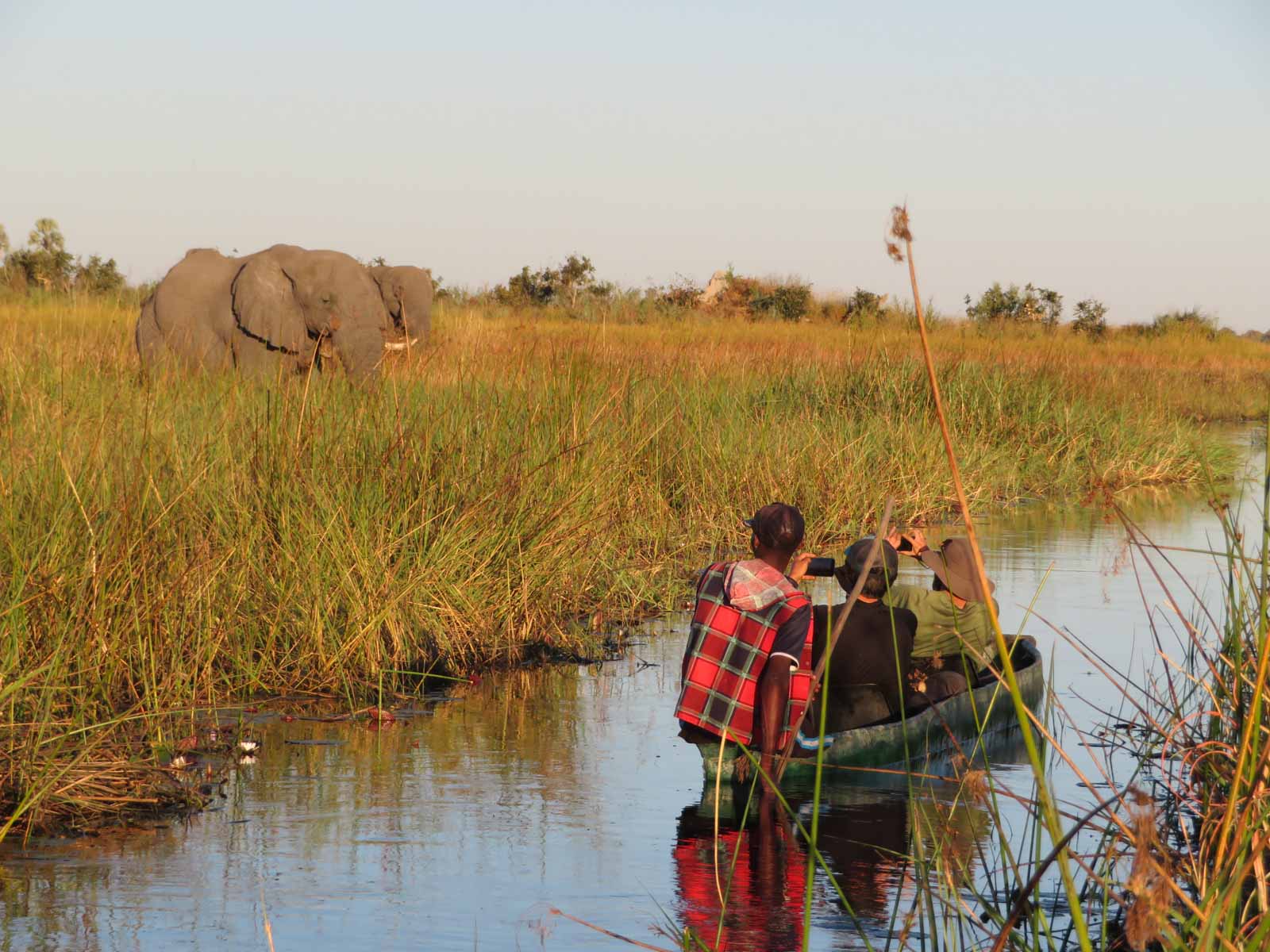
Don’t forget a good outdoor sun protection hat. Choose the one with a wide brim to protect your face from the rays and create shade.
Sunglasses. Polarized sunglasses would work better for a safari. They do not protect against UV radiation but help lessen eye strain by providing a higher level of contrast.
Pajamas. In winter, when nights are really cold, you may need to have thermal pajamas with you.
Swimsuit. A lot of lodges and, of course, hotels have very cool swimming pools you’ll definitely want to take a dip in.
Insect repellent. You can probably skip insect repellent in Asia but never in Africa. Carry it with you at all times and apply it as needed.
As much as I am into natural stuff, I will never advise using natural repellent in Africa. It just won’t help and you’ll need strong protection. This one is good if you don’t mind applying chemicals to exposed skin. A previous one is usually sprayed on clothes. You won’t really need mosquito protection during the day on open areas under the sun. But there are flies, ticks, ants, and other annoying insects around.
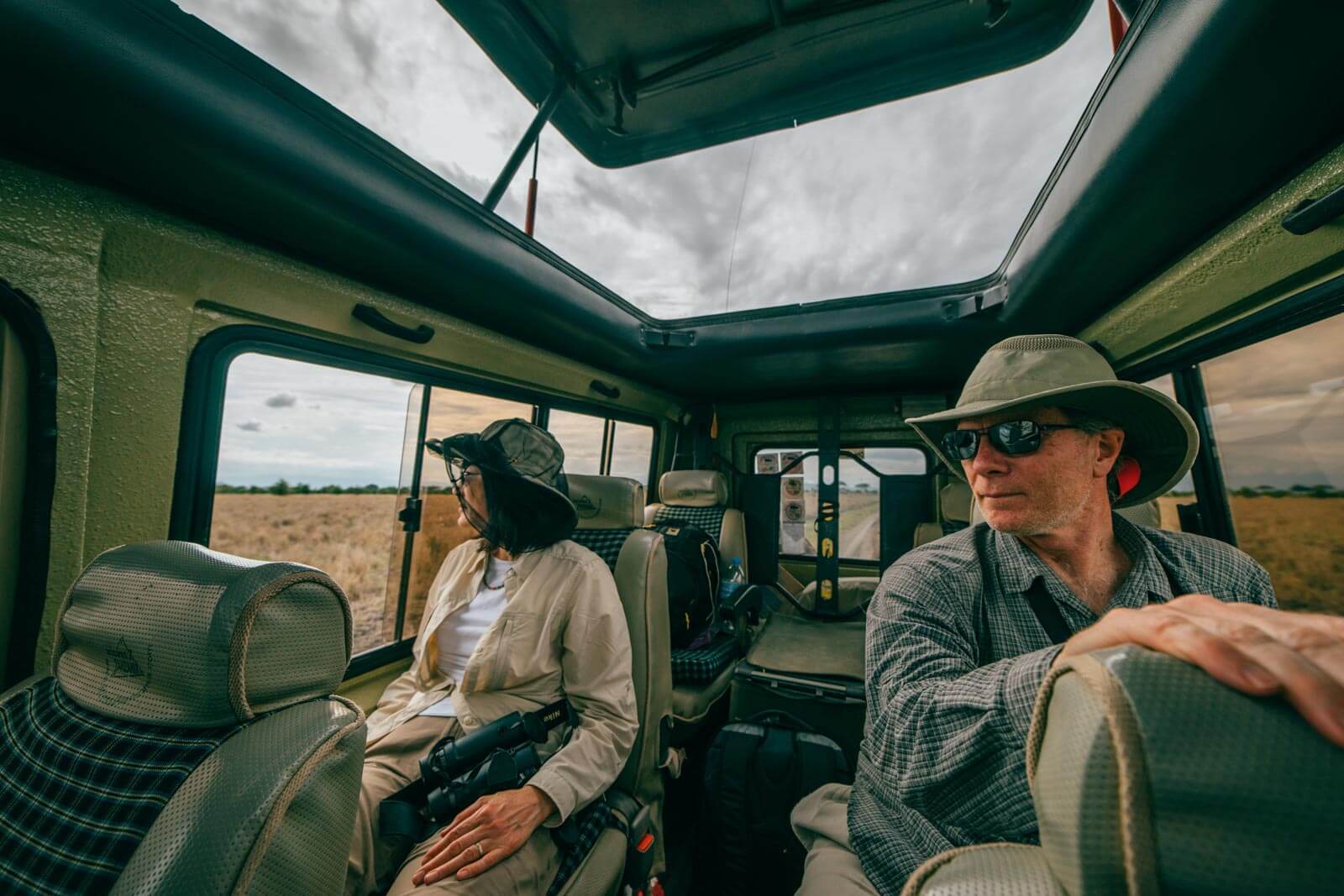
Shawl or scarf and gloves. These are good if you are traveling during the winter months (from May to August). Also, if trekking to see gorillas, gloves are good protection from sharp branches of bushes. A scarf can come in handy during the African summer as a cover from dust.
Small day backpack. Take really a small bag where you’ll put all your valuables, water, and perhaps layers. If you are going by minivan, there won’t be a lot of room for everyone’s massive bag. Keep it small and simple.
Travel money belt. If you don’t feel like taking a bag, put all your valuables in a waist wallet. This particular belt serves us well in any part of the world. It is light but has enough capacity to accommodate not only money but a phone, passport, credit cards, coins, tickets, and even keys.
Binoculars. With a pair of good binoculars, you’ll be able to see in detail every animal you encounter on your safari, not just elephants and giraffes. We used to have this pair I mention (before they fell and broke) and thought they were really versatile. They are great for safari, hikes, watching rare African birds, stars, and more. You can even see in dim light through them. And the price is also reasonable.
CAMERA! Don’t even think to take pictures on your phone, for this once-in-a-lifetime experience you definitely need a good camera!
What not to pack for a safari
Any fine jewelry, watches, and other valuables. If you have them, leave them better in a safe in the lodge along with the passport.
Do not take any clothes with leopard or other animal print patterns. Also, avoid animal-themed clothing that represents zebras, elephants, rhinos, flamingos, etc.
Do not pack flamboyant or white colors, silky clothing, dresses, skirts, and artificial material shoes. If you wear leather, your feet will not sweat when it’s hot and won’t be cold when the temperature drops. A dress may be good for dinner at the lodge but you may be so tired in the evening after the long day that won’t have a desire to change specifically for a meal. One dress is not going to take a lot of room in your bag. But you don’t really need to pack more.
Have you been to safari yet? Any tips to add that didn’t make the list? Share them in the comments below!
Other posts on what to pack for travel:
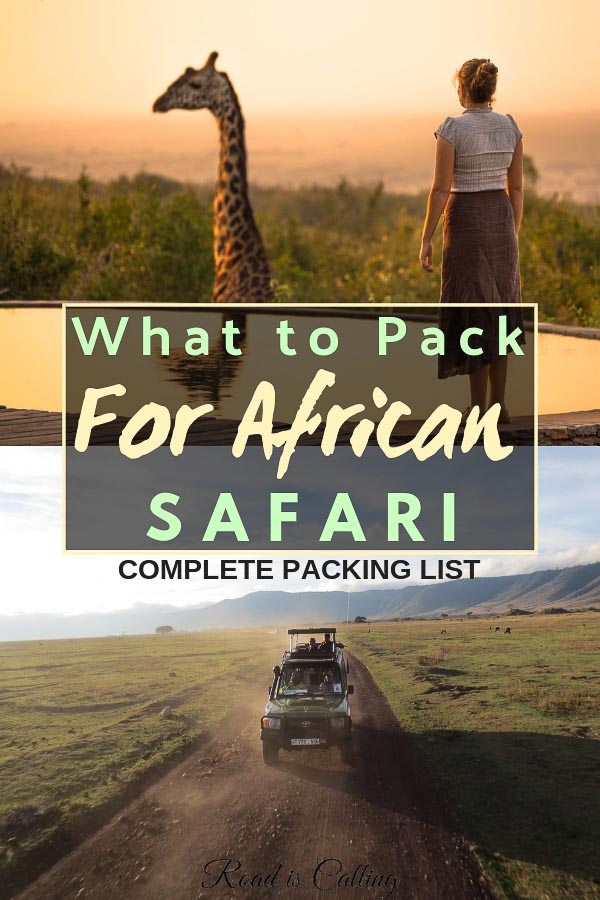
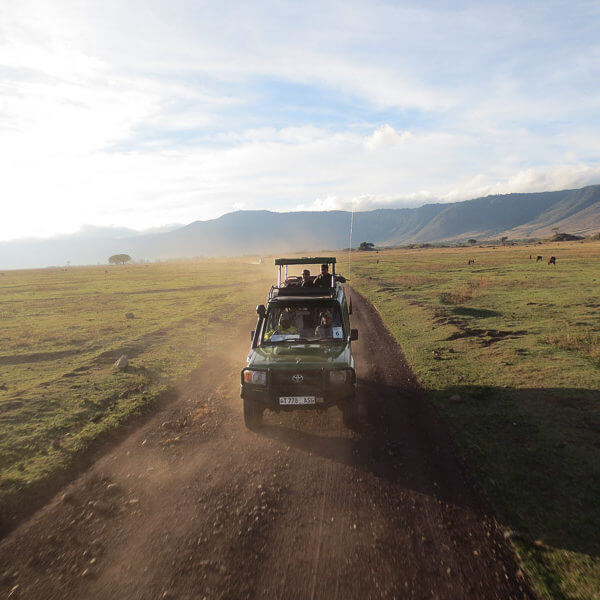
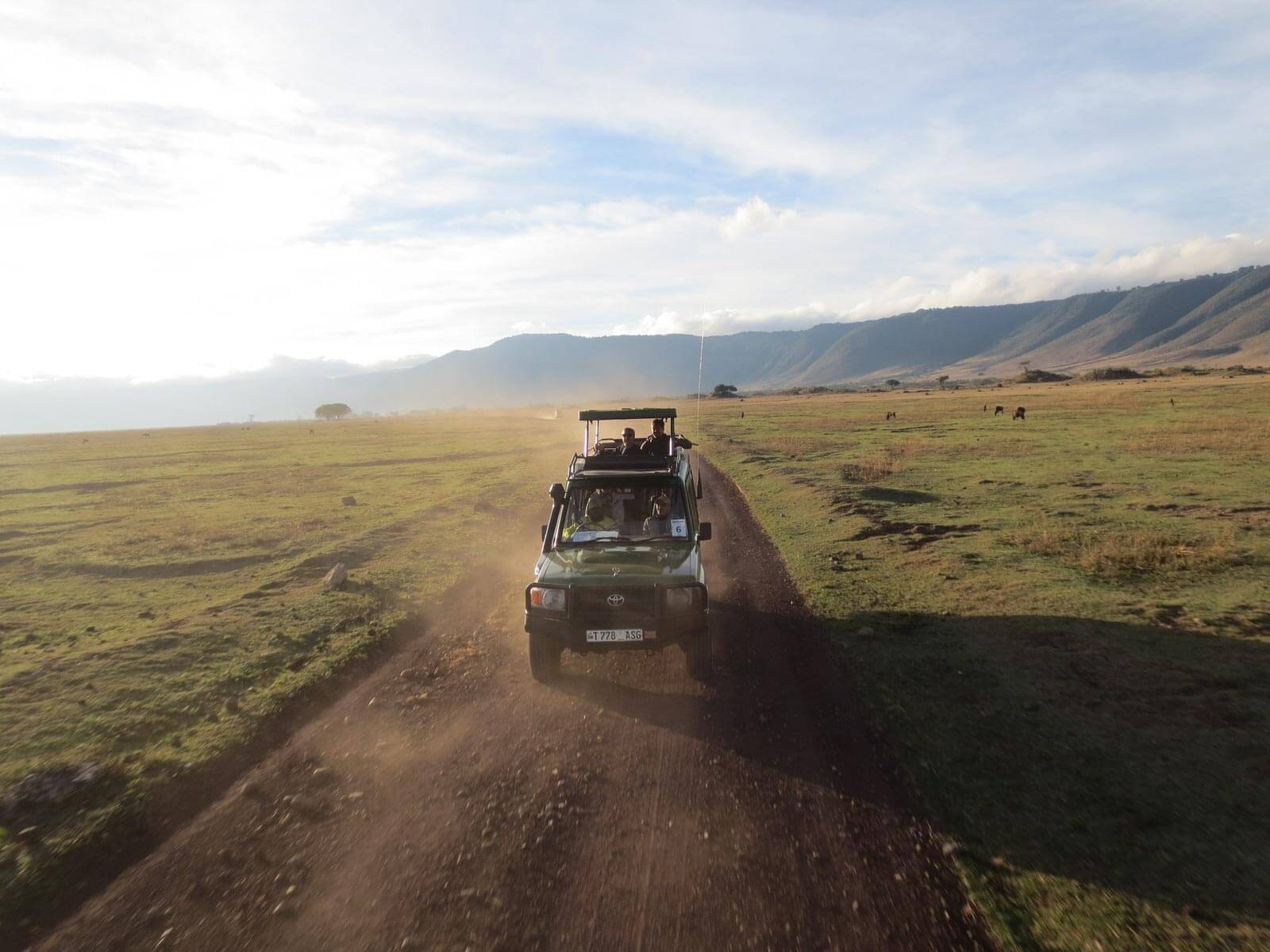
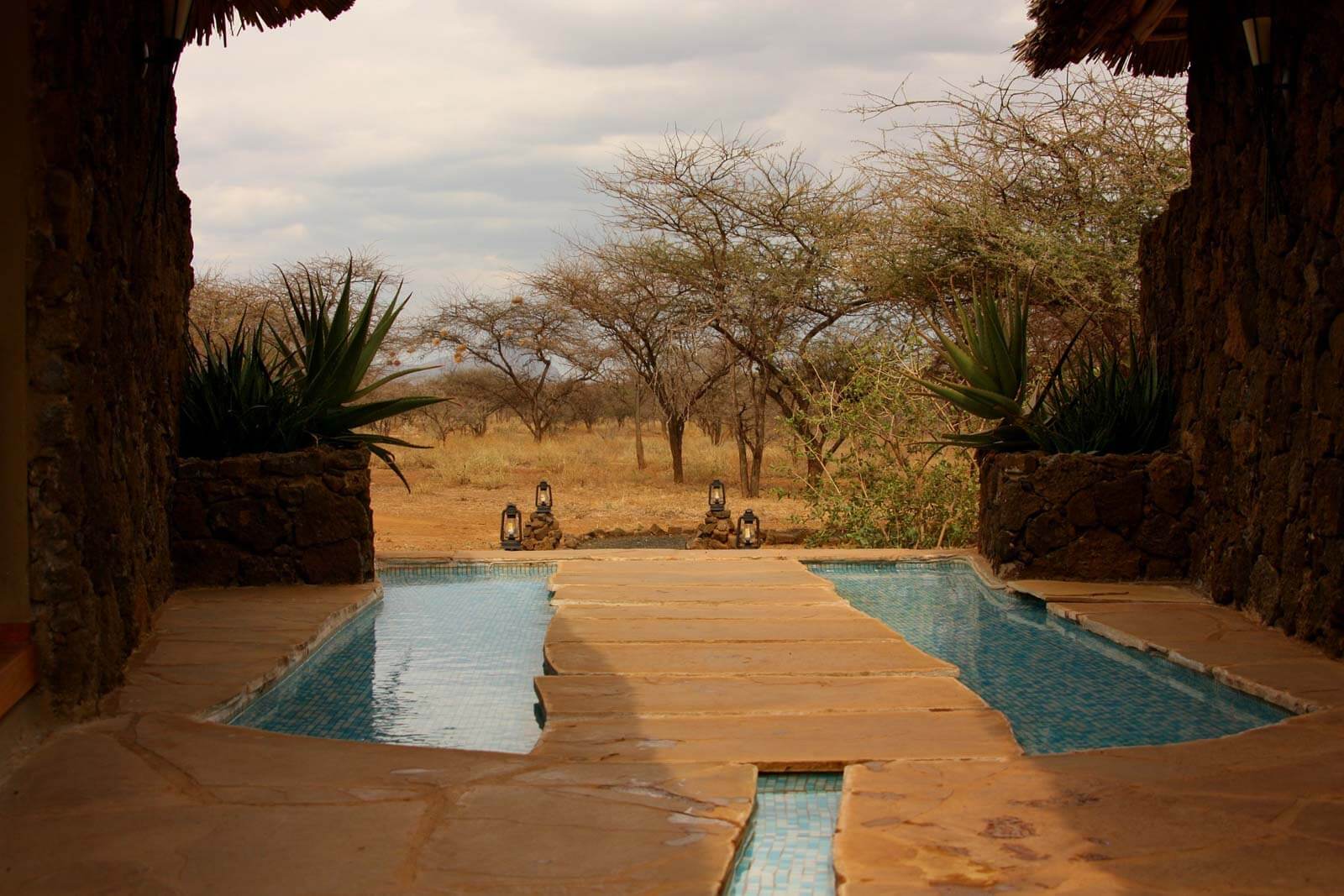
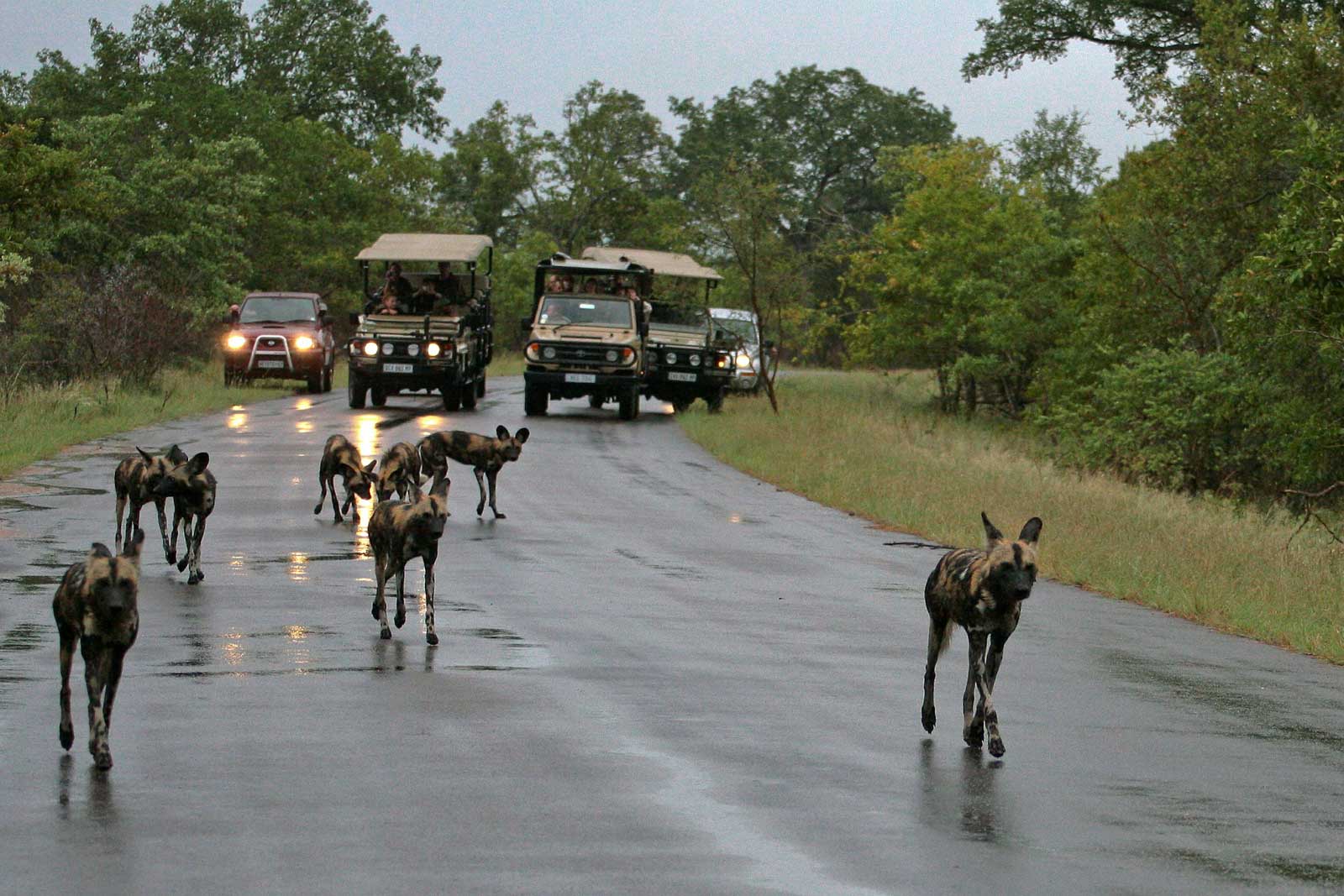
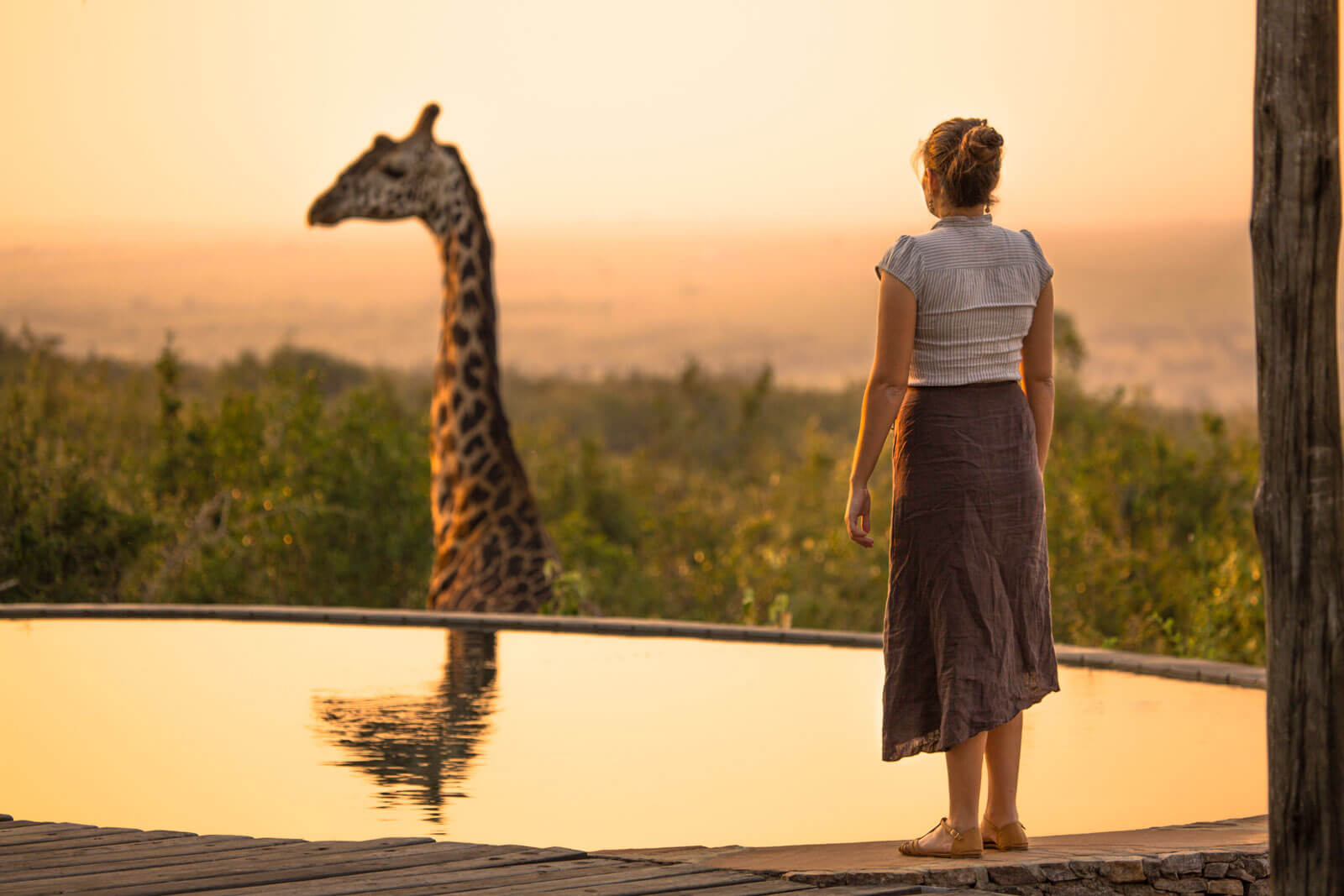
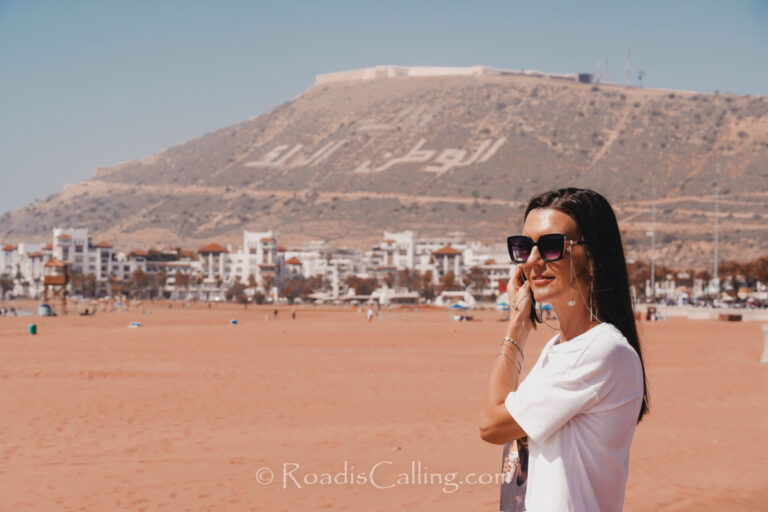
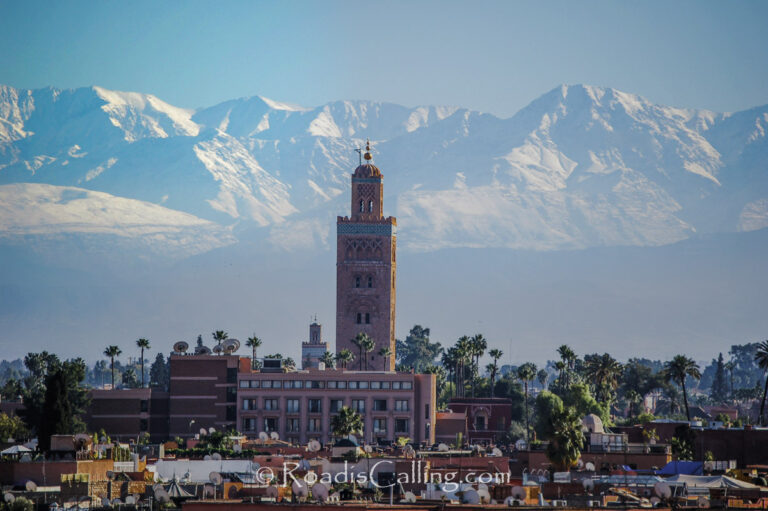
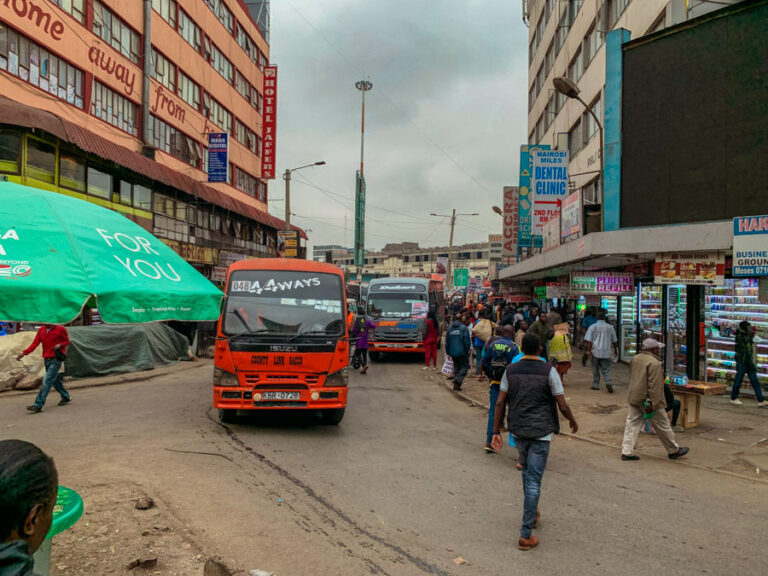
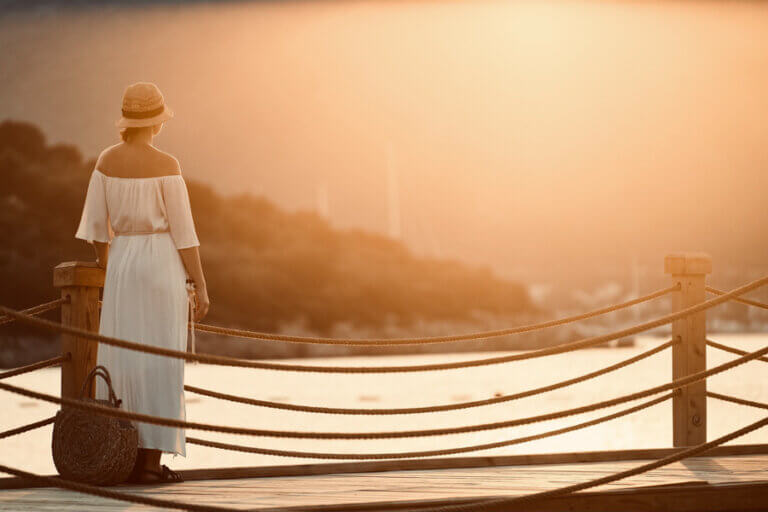
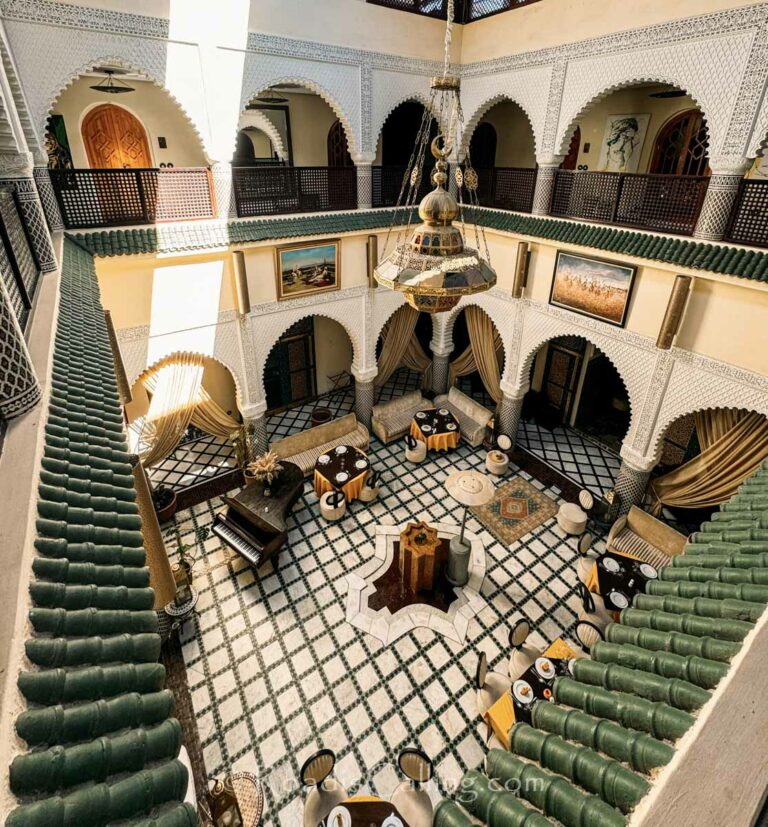
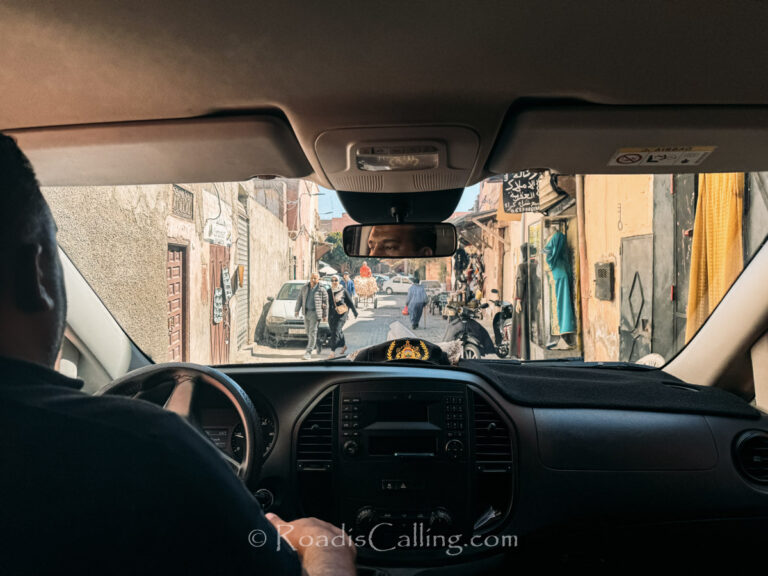
Thank you for the list.
I could not agree more with the insect repellant, a scarf, and a hat, sunglasses, binoculars, and sunscreen. You would have a hard time without these items!
Hey, Oscar, thanks for stopping by!